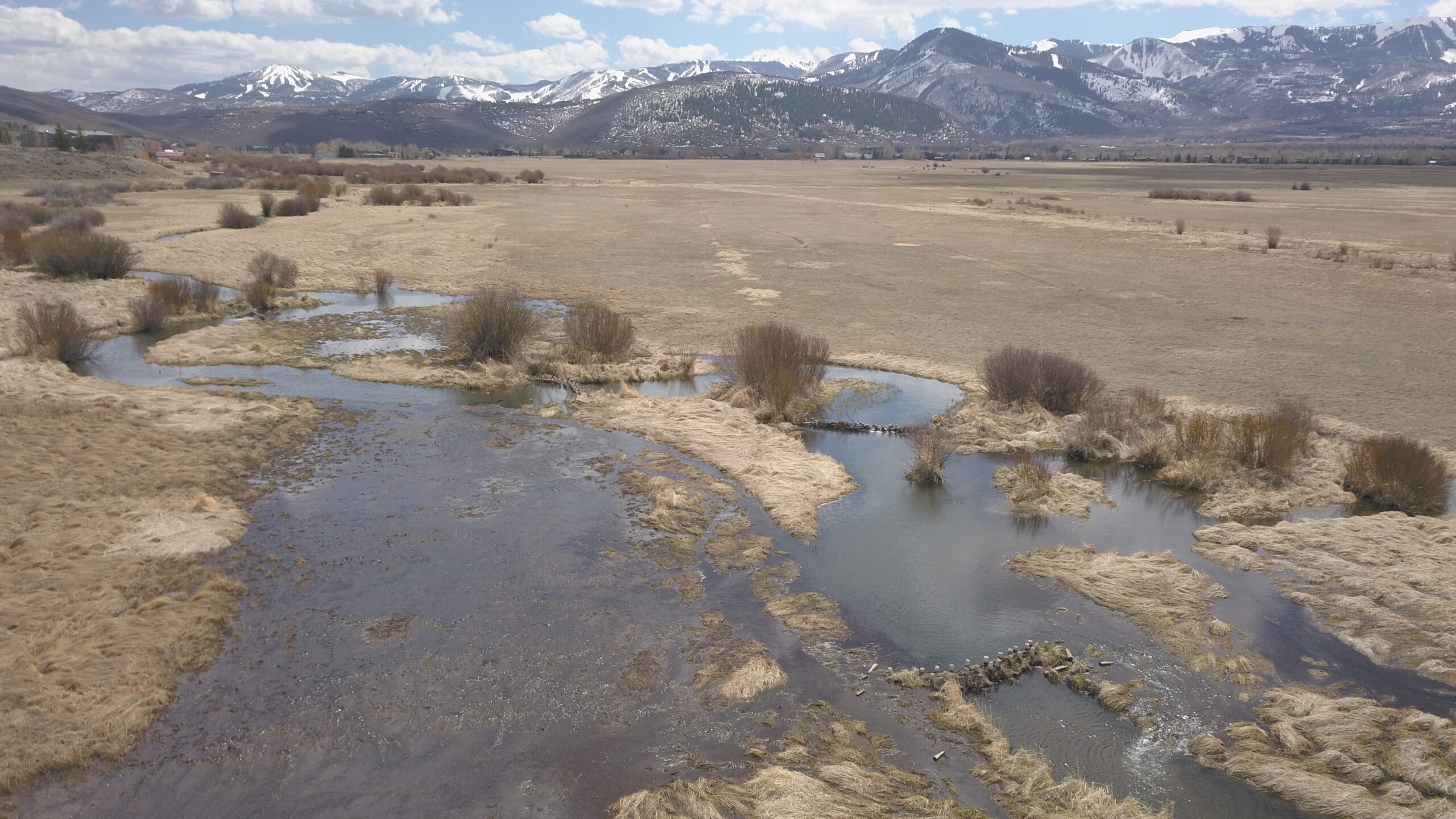Wildlife
How 2,000 man-made beaver dams are revitalizing the Weber River ecosystem

Volunteers working on the South Fork of Chalk Creek are building Beaver Dam Analogs to slow water flow and restore ecosystems impacted by centuries of overgrazing, mining, and trapping. Photo: TownLift
The project, supported by $1.8 million in Bipartisan Infrastructure Law funding and TU’s U.S. Forest Service Keystone Agreement, aims to improve habitat for trout, increase drought resilience, and support wildfire management.
SUMMIT COUNTY, Utah — A group of volunteers, led by Trout Unlimited (TU) and Sageland Collaborative staff members, heads into the meandering South Fork of Chalk Creek with shovels and clippers in hand, intent on mimicking the hard work of nature’s ultimate wetland engineer: the beaver.
The project aims to build up to 2,000 Beaver Dam Analogs (BDAs) by 2025 in the Weber River’s headwaters. These simple, man-made structures mimic natural beaver dams, helping to slow water flow and restore ecosystems impacted by centuries of overgrazing, mining, and trapping.
The project, supported by $1.8 million in Bipartisan Infrastructure Law funding and TU’s U.S. Forest Service Keystone Agreement, aims to improve habitat for trout, increase drought resilience, and support wildfire management.
Rose Smith, Stream Ecologist at SageLand Collaborative, shared with TownLift her excitement that several of the BDAs built this fall have already been taken over by beavers in the area. She added that this is a great sign, as “the beavers will do a much better job building, reinforcing, and maintaining these dams.”
Key Benefits of Beaver Dam Analogs:
- Improved trout habitat: Supports the Bonneville cutthroat trout, Utah’s state fish.
- Water storage: Retains water during dry periods, promoting cooler, cleaner streams.
- Fire resilience: Creates natural fire breaks and harbors trout during wildfires.
- Ecosystem restoration: Restores floodplains and improves overall water management.
- Cost-effective solution: Simple structures that benefit both nature and local communities.
Get Involved
Volunteers are needed to assist in building Beaver Dam Analogs on Oct. 16, 17, 18 2024 outside Coalville, Utah. Interested parties are encouraged to register online here.
What to expect: To improve water quality and habitat, you will be building beaver dam analogs (BDAs) and other simple wood, mud, and rock structures. No experience is needed—tools and instructions are provided. Wear layers and sun protection, and bring lunch, water, sunscreen, bug spray, and closed-toe shoes. Expect walking up to 2 miles on uneven terrain and wading in streams up to 3 feet deep. The project will conclude by 3:00 p.m.





















